8 Aboriginal Ways of Learning
by Libby Jones

1. Non-verbal
1.1. kinaesthetic skills applied to thinking and learning
1.2. ways of relating/connecting to knowledge reflectively, critically, ancestrally and physically
2. Symbols and Images
2.1. use images and metaphors to understand concept/content
2.2. visual metalanguage
2.3. building blocks for memory and meaning-making
2.4. cross-cultural and dynamic
2.5. images being created orally and visually to support new concepts
3. Land Links
3.1. place based
3.2. link content to local land and place
4. Deconstruct/Reconstruct
4.1. modelling/scaffolding
4.2. working from wholes to parts
4.3. Aboriginal scaffolding methodologies
4.4. engage with whole processes and texts
4.5. modelling and building upon student's basic skills and identities then transferring these from familiar to unfamiliar contexts
5. Story Sharing
5.1. learning through narrative
5.2. yarning modalities
5.3. narrative as pedagogy, process, ethics/values
5.4. storied experience
5.5. cultural meaning-making
5.6. place-based significance
6. Learning Maps
6.1. mapping/visualising learning
6.2. a tool for communicating explicit quality criteria
7. Non-linear
7.1. thinking laterally
7.2. combining systems
7.3. integration of community and school knowledge
7.4. a way of approaching higher order thinking by incorporating seemingly unrelated domains to create complex, real-life problems to be solved using holistic thinking/innovative processes
8. Community Links
8.1. local viewpoints
8.2. learning for community benefit
8.3. relationships with both insiders and outsiders
8.4. the centrality of these relationships to the development and acquisition of all knowledge


